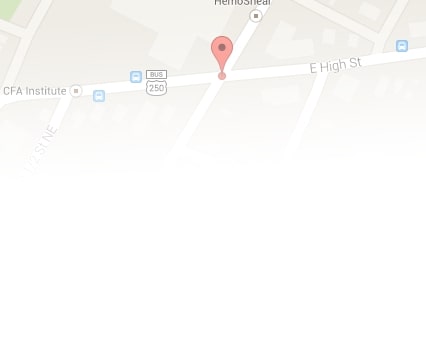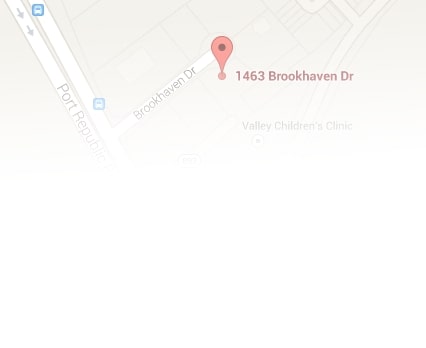
Virginia Personal Injury Lawyer Robert Byrne
Individuals who have suffered injuries caused by defective or dangerous products may have what is called a product liability claim. Examples of product liability claims are numerous: an automobile has a defective braking, steering, or acceleration system that causes a crash and injuries; a product spontaneously catches fire or explodes causing severe burn injuries or worse; pharmaceuticals, medications, or medical devices cause complications and serious injuries; or the safety features on tools or equipment malfunction and cause severe injuries.
To win a lawsuit for injuries caused by defective or dangerous products, an injured plaintiff needs to show two things. We’ll discuss each of these things in this article.
Unreasonably Dangerous Conditions, Foreseeable Uses, and Misuse
The first thing the injured party, called a “plaintiff,” needs to prove is that the product in question was unreasonably dangerous for its intended use. That means the plaintiff needs to show that he or she was using the product as it was intended to be used by the manufacturer at the time of the accident.
But it is oftentimes the case that the plaintiff was not using the product exactly as the manufacturer planned when the injury occurred. Use of a product that is not intended by the product’s manufacturer is referred to as “misuse,” and individuals who are hurt by misuse will generally not be allowed to recover money damages unless the misuse was reasonably foreseeable to the manufacturer.[i] In other words, misuse of a product will create a defense for a manufacturer, and a claim for personal injuries will be barred unless the injured party can show that the misuse was reasonably foreseeable to a manufacturer.
For a legal consultation with a personal injury lawyer, call (434) 817-3100
Even if the misuse was reasonably foreseeable, though, a manufacturer will not have a duty to protect against that misuse if the misuse presents an obvious danger.[ii] Perhaps the best way to explain this is with an example: in a case that went to the Supreme Court of Virginia, plaintiffs sued a window screen manufacturer when a toddler leaned against the screen, fell through an open window, and suffered catastrophic injuries. The Supreme Court held that relying on a window screen was a foreseeable misuse, but the Supreme Court found that using a screen as a safety device was an obvious danger. Because of the obvious danger, the manufacturer was allowed to rely on the misuse defense.
Manufacturer had Control of the Unreasonably Dangerous Condition – Three Types of Product Liability Claims
In addition to showing that the product was unreasonably dangerous for its intended use, the injured plaintiff must prove a second item to be able to recover money damages in a products liability claim—that the product in question left the manufacturer’s hands in an unreasonably dangerous condition.
Virginia law recognizes that an unreasonably dangerous or defective product can leave the manufacturer’s hands in at least one of three ways:
(1) the product has a manufacturing defect, which means it is unreasonably dangerous due to a defect that occurred in the assembly or manufacturing process;
(2) the product has a design defect, meaning that it has a design that makes it unreasonably dangerous; or
(3) when a manufacturer and/or distributor fails to warn product users of the dangers associated with the use of the product, called a failure to warn claim.[iii]
It is possible that an individual injured by a defective product may sue for damages under all three kinds of claims: manufacturing defect, design defect, or failure to warn. In addition, there may be other causes of action available, such as negligence, breach of warranty, or other claims for which an injured party may be able to recover money damages.
Conclusion
As explained in my article Injury Claims for Employees Hurt in the Workplace, one of the common types of claims injured employees have is for injuries caused by defective or unreasonably dangerous products. But products liability claims are not just limited to factories or workplaces, and dangerous products can cause severe injuries or death to product consumers of all walks of life.
For more information about the Virginia dangerous product lawyers of MartinWren, P.C., please contact Virginia personal injury lawyer Robert E. Byrne, Jr. toll free at 855-812-9220 or, if you prefer, by email at [email protected]. Bob represents individuals and families who have been hurt or even killed by dangerous and defective products.
If you’d like more information about personal injury cases in Virginia, please check out Bob’s articles, Do I have a Personal Injury Case? and Types of Money Damages in Personal Injury Cases.
[i] Jeld-Wen, Inc. v. Gamble, 256 Va. 144, 148 (1998) (“While a manufacturer may not be held liable for every misuse of its product, it may be held liable for a foreseeable misuse of an unreasonably dangerous product.”).
[ii] Id.
[iii] See Morgen Indus. v. Vaughan, 252 Va. 60, 65-66 (1996) (“A product is unreasonably dangerous if it is defective in assembly or manufacture, unreasonably dangerous in design, or unaccompanied by adequate warnings concerning its hazardous properties.”).
Call (434) 817-3100 or complete a Case Evaluation form



